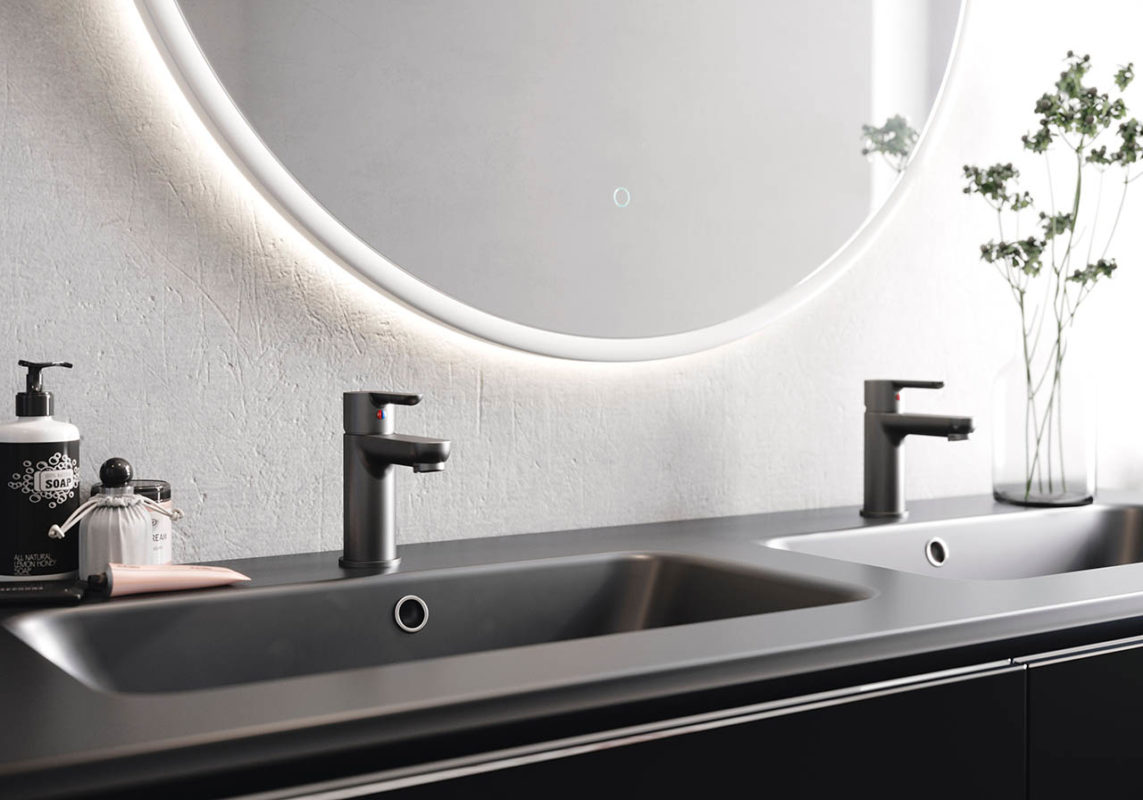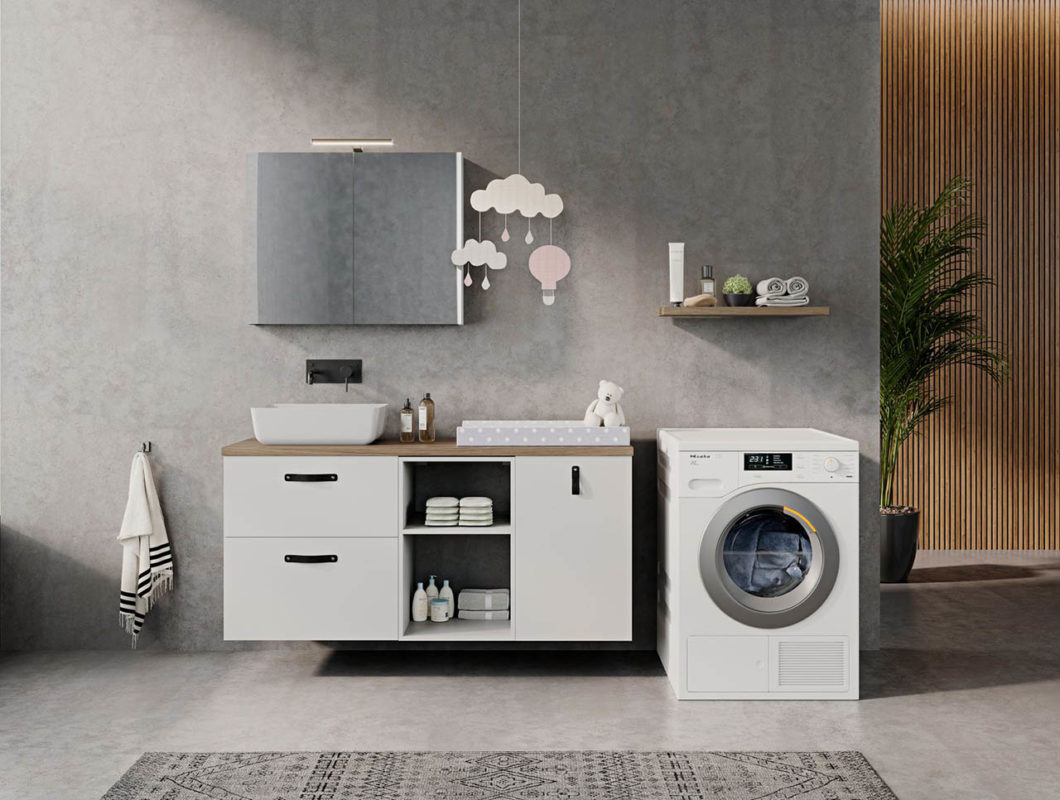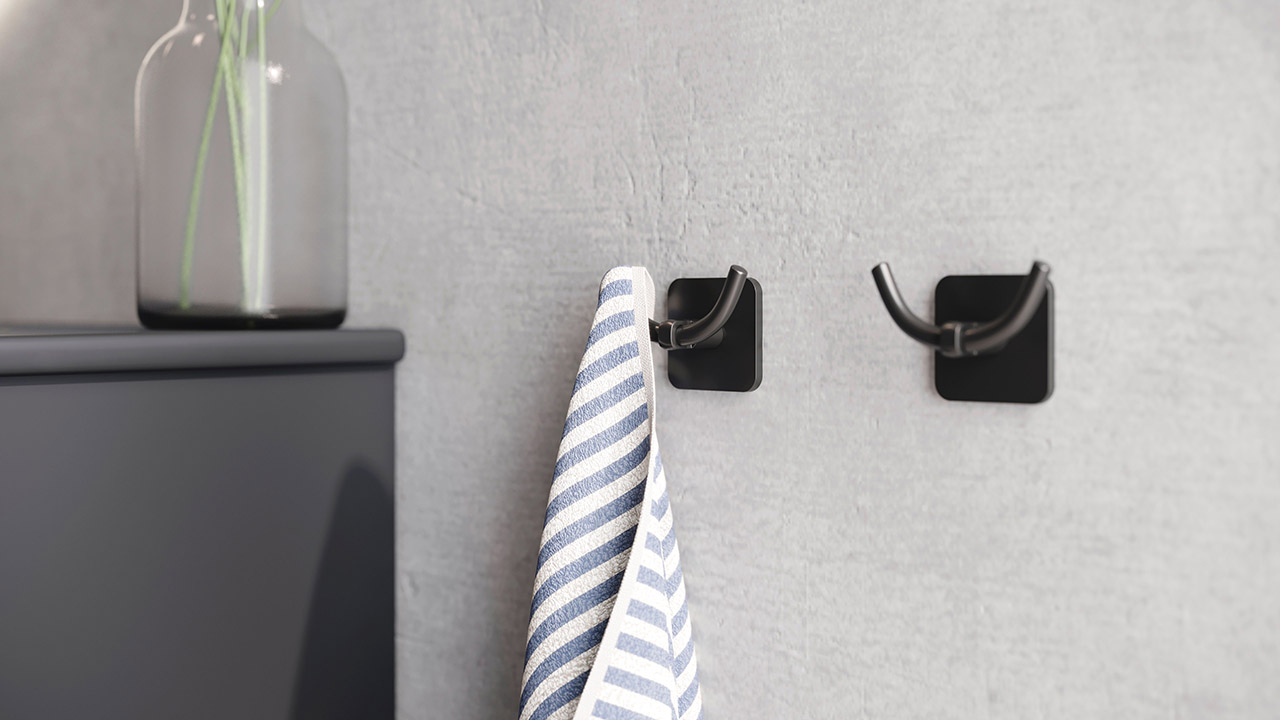Product Renderings. That Enhance 3D VisualizationsUtilizing 3D renderings in the marketing and release of new products has proven to be a new standard among brands and e-commerce profiles. The ease of working with rendering professionals has become an asset that benefits the product development industry, and has now become a key step in the product design and development process.
Rendering teams utilize as much information as is available to ensure the product is prototyped in the CGI software as accurately as possible. If you’re not sure what the capabilities of 3D modeling are, we’re going to dive into all of the elements that allow rendering teams to create photorealistic 3D visualizations of your project and what to consider when hiring them on your next project.
1. Design Parameters
Table of Contents
In order to create a 3D visualization of a product, the rendering team needs to best understand what the design parameters, constrictions, and limitations are. This can include limitations of size, materials, and engineering among others.
Proving the rendering team with design documents including shop drawings, engineered details, and finish schedules will improve how realistic your product will look compared to your design intent. During the concept design phase, if these documents are not yet available, the rendering team can work together with the designers to find suitable placeholders that can be used until final elements are available.
The key is transparency, and letting the rendering team know whether you have specific requirements that need to be fulfilled or if you would prefer they take some creative freedom with certain aspects. A reliable rendering team will work through every step of the process while facilitating communication.

2. Textures and Materiality
Adding textures and materials to all of the elements within a 3D rendering is what makes them appear photorealistic. For example, when creating 3D visualizations of furniture products, the materials are a key component to the design. Without textures, the furniture pieces would appear to be more cartoon-like, reducing the effect they would have on potential customers.
Customers are also able to use materials and textures to make informed decisions on whether a product will work with their lifestyle. Whether its a plumbing fixture, a sofa, or even a children’s toy, consumers rely on seeing a realistic representation of an item prior to purchasing them.
In order to achieve realistic representations of your products, it’s important to ensure materials and textures are accounted for before the final 3D renderings are created. If a product is offered in a variety of colors and materials, all of the different options should be modeled accordingly.

3. Background Settings
While products are modeled independently of backgrounds, the most effective way to show them off to others is to place them in a setting where they would typically be used. When items are placed in context with their surroundings, viewers are better able to image how they would be used and how they could fit within their own personal spaces.
Determining what the best background setting is for your specific product will largely depend on what the product itself is. Going back to the furniture example, if your product is a sofa, it would most benefit from being placed in an interior architectural space that matches the style of the product. Rendering professionals will work to ensure the product itself is being highlighted in the 3D renderings, and not being overpowered by the surrounding elements.
Choosing a background setting is a collaborative effort between the rendering team and the product design team. The rendering team will work together to find a solution that best fits the scene, and communicates the product designer’s intent.

4. Concept Design
Ideally, rendering professionals would be brought on board during the concept development stage of a project. While the ideas and exact design may not be close to being finalized, rendering teams can help designers through the process of working through different conceptual designs. During this process, it’s common for ideas on paper to be misconstrued or misinterpreted by the various parties involved in developing the product.
Utilizing 3D renderings to review virtual prototypes can reduce confusion and ensure the entire team is on the same page, and that everyone is interpreting things similarly. At this point, the conversation can become more informed and allow for productive discussions about what works and what may need to be adjusted. Together with the rendering team, product designers and their clients can work through various versions from concept to completion.
For the rendering team, understanding the concept design through the process can help inform decisions and avoid confusion in the early stages of creating the 3D renderings.
5. Style & Tone
Another component that is helpful for creating 3D renderings of products is understanding the intended purpose of the images or videos created. While the product would be modeled identically, the overall style and tone of the 3D visualizations can change to best suit different formats.
For e-commerce purposes, products are typically placed in a manner that allows potential customers to understand their design and what they offer. For editorial purposes, the design intent of the 3D renderings might be more polished for presenting in catalogues or formal presentations. On the other hand, for marketing purposes, the main goal of the 3D still image or video would be to create a showstopping image that would grab people’s attention quickly.
All of these formats can be attained through the use of different modeling and rendering techniques, and a rendering team can help guide you toward selecting the best shots for each product.
The first step to getting 3D renderings of your product is to bring a rendering agency on board. Render Atelier is a rendering agency that is experienced in creating renderings of products, architectural elements, and beyond. Our interdisciplinary team of designers, artists, and architects strive to exceed our client’s expectations by creating highly detailed photorealistic 3D visualizations. Based in London, the Render Atelier team services the UK market as well as clients worldwide.
We look forward to partnering with you to create elegant 3D renderings of your next product.

